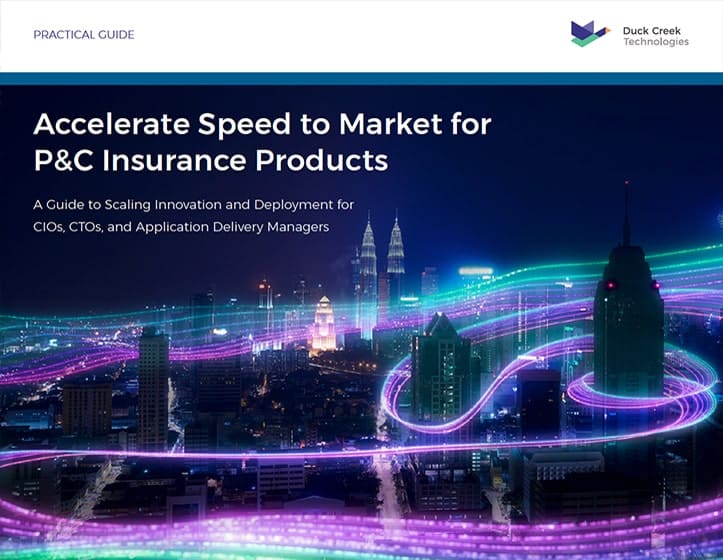Imagine this: a successful M&A deal is signed, and you’ve just brought on a new portfolio of policies. On paper, it is a huge win. But behind the scenes, you are stuck managing multiple legacy payment systems. Your team is juggling different gateways, dealing with varying security standards, and spending hours each week on manual reconciliation. This is the unaccounted complexity cost of M&A in the P&C insurance industry.
On the surface, the numbers look promising: in 2024 alone, the European financial services sector announced 784 deals, a 22% increase, while North America saw 361 deals, a 14% rise. This momentum continues into 2025, driven by the push for strategic acquisitions that deliver clear benefits and regulatory alignment.
But they hide a persistent, industry-wide challenge: a fragmented payments landscape. Every new acquisition multiplies this problem, draining resources and creating operational bottlenecks that hinder the very growth the deals were meant to achieve.
With a clearer picture of the challenge, it is time to move beyond the problem. Read on to discover how payment orchestration provides a strategic solution to unify multiple legacy payment systems, unlock operational efficiency, reduce costs, and create the seamless experience customers demand.
The Disparity Problem: Scale and Impact
Following an M&A deal, insurers often find themselves managing a chaotic web of up to fifteen distinct payment platforms. Each of these systems runs on different technologies, supports varying currencies, and follows specific regulations. This fragmented landscape leads to a host of critical challenges that erode the financial benefits of the merger:
- Increased Operational Costs: Maintaining multiple payment systems demands extensive IT resources, ongoing vendor management, and constant staff training. This redundancy inflates costs, hinders efficiency, and erodes the financial benefits of the M&A deal.
- Heightened Compliance Risks: Juggling a patchwork of regulations such as PSD2 in Europe, GDPR for data privacy, and varied state-level laws in North America becomes a compliance challenge. Disparate systems make it difficult to ensure consistent compliance, exposing insurers to potential fines and reputational damage.
- Data Silos and Inconsistencies: Fragmented payment infrastructures can lead to discrepancies in transaction records, delayed reconciliations, and inaccurate financial reporting. This data fragmentation complicates auditing and business decisions.
- Customer Experience Friction: Customers expect smooth, reliable payment options. Disparities in payment platforms may cause inconsistent payment journeys, leading to failed transactions, delays, and customer dissatisfaction—affecting retention and brand loyalty.
Moreover, legacy systems often lack agility, making it challenging for insurers to quickly adapt to evolving payment methods such as digital wallets, instant payments, or buy-now-pay-later solutions. This puts them at a competitive disadvantage.
How Payment Orchestration Alleviates Post-M&A Challenges
Payment orchestration platforms offer a sophisticated solution by acting as a centralised layer that harmonises and manages payment flows across multiple systems, providers, and methods.
This strategic approach directly addresses the pain points insurers face post-M&A:
- Unified API Integration: Payment orchestration combines connections to all payment gateways and service providers into a single API, reducing complexity and lowering integration time and cost.
- Dynamic Payment Routing: The platform intelligently selects the best payment provider for each transaction based on cost, success rates, and customer preferences—maximising approval rates and minimising fees.
- Real-Time Data Synchronisation: Orchestrators ensure consistent transaction data across all systems, facilitating seamless reconciliation, reporting, and financial oversight.
- Regulatory Compliance and Risk Management: Built-in regulatory controls adapt to region-specific compliance requirements, helping insurers mitigate risks associated with cross-border payments and data privacy laws.
- Scalability and Flexibility: As insurers grow or buy new businesses, payment orchestration platforms easily onboard additional payment methods and providers without costly and time-consuming system overhauls.
- Treasury Management Optimisation: Centralising payment flows improves cash visibility and control, enabling treasury teams to better manage liquidity, forecast cash positions, and optimise working capital across geographies.
- Actionable Insights and Analytics: Orchestration platforms provide detailed transaction analytics and reporting dashboards, empowering insurers to identify payment trends, optimise payment routing strategies, and make data-driven decisions to improve profitability.
- Accelerated Speed to Market: With a unified payment infrastructure, insurers can rapidly launch new payment options or enter new markets without lengthy development cycles, helping them respond swiftly to evolving customer preferences and competitive pressures.
- Improved Fraud Detection and Security: Payment orchestration integrates advanced fraud management tools and multi-layered security protocols across all payment channels, reducing fraud risk and enhancing overall payment security.
By centralising payment management, insurers not only streamline their operations but also improve the overall customer payment experience—critical in today’s competitive insurance landscape.
Strategic Considerations for Insurers
To capitalise on your M&A opportunities, you need a proactive strategy. Insurers should prioritise these key considerations to effectively implement payment orchestration and turn a post-merger complexity into a competitive asset:
- Early Integration Planning: Include payment systems integration in the earliest stages of the M&A process to minimise operational disruptions.
- Investment in Modern Technology: Adopt payment orchestration to reduce technical debt and build a future-proof payments infrastructure.
- Focus on Customer Experience: Deliver consistent and flexible payment options that meet diverse customer needs across regions.
- Continuous Compliance Monitoring: Ensure ongoing adherence to changing regulations by using orchestration platforms with built-in compliance tools.
Making the Leap from Problem to Strategy
Integrating disparate payment systems after M&A is not just a technical challenge—it is a threat to operational efficiency, compliance, and customer loyalty. The true value of a deal is lost if you are weighed down with operational burden.
Payment orchestration platforms offer insurers a powerful path forward, unifying fragmented systems to deliver seamless, compliant, and cost-effective payment experiences.
As the insurance sector continues to evolve through M&A, the choice is clear: embrace a strategic solution to fully realise your deal’s potential, or risk being caught up in avoidable complexity.
Discover how Payment Orchestration Unlocks P&C Treasury Efficiency






